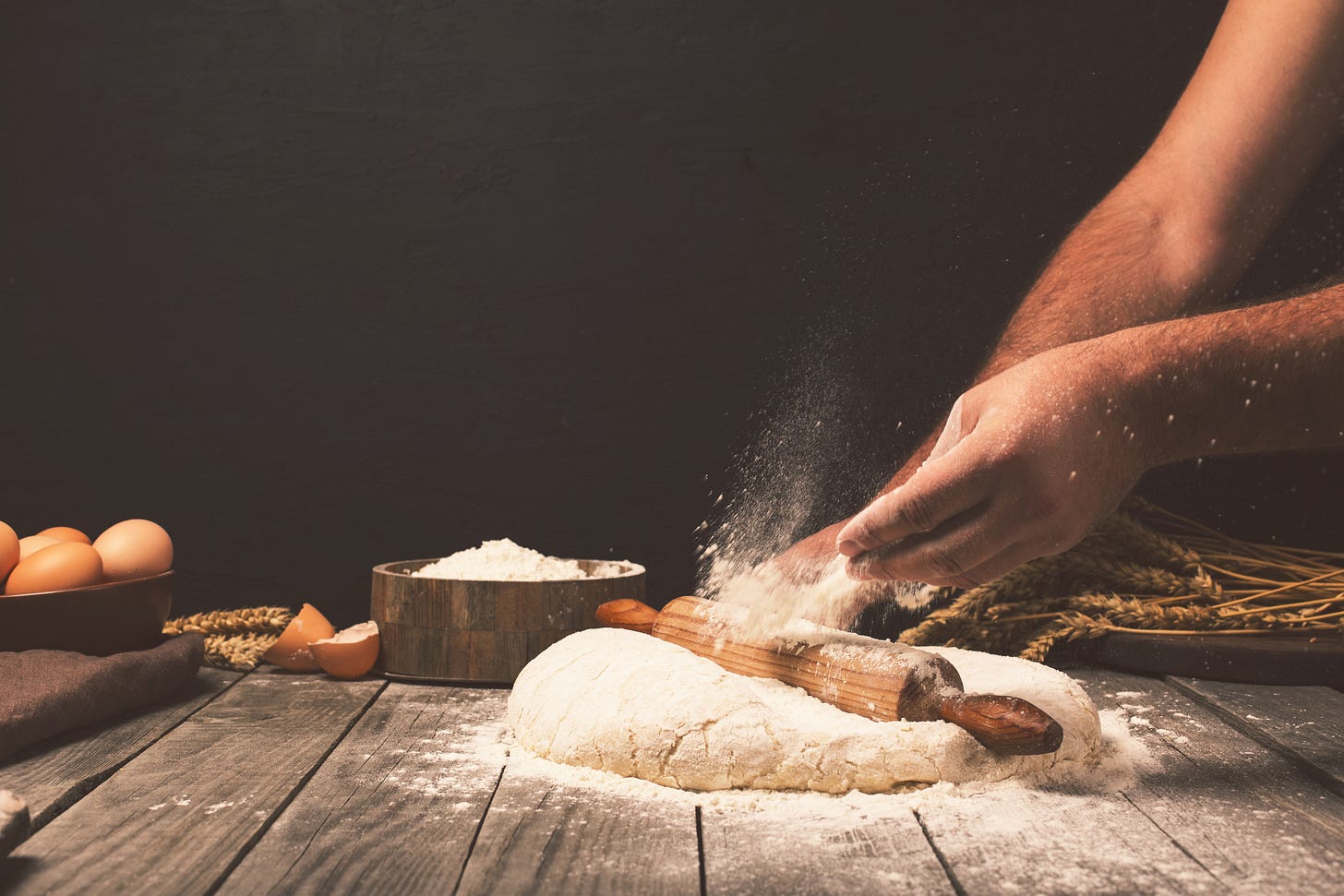Design, Craft, and Meaning: Part 4
Designing for Feeling, Not Just Function: Why emotion is the missing layer in too much of today’s built environment.
Too much design today is engineered for resale or optimization. What would it mean to design homes, tools, and systems that prioritize how we feel?
We’ve been trained to think of design as problem-solving.
Can it be built faster? Can it cost less? Will it hold up under wear and tear?
And while these questions matter, they’ve become so dominant that we’ve lost sight of something essential: How does it make us feel?
That question is often left unasked—especially in the places where we live, eat, work, and rest. We build homes for the market, not for meaning. We choose appliances by ratings, not rituals. We fill rooms with neutral tones and generic lighting, then wonder why we feel vaguely detached in our own spaces.
Design has become efficient. But it’s forgotten how to be intimate.
The best spaces I’ve ever experienced weren’t necessarily the most expensive or the most architecturally ambitious. They were the ones that made me feel something.
A kitchen that smelled like rosemary and bread. A bedroom washed in natural light at 8 a.m. A courtyard where laughter lingered in the brick.
These spaces weren’t just functional. They were attuned. Thoughtfully composed. Not to impress—but to welcome. To nourish. To calm.
Design that prioritizes emotion pays attention to how a space holds a moment.
It asks:
Where does your eye go when you walk in?
How does the sound move through the room?
Is there a place for conversation? A place for solitude?
Does it inspire slowness, warmth, connection?
Too often, we chase trends and checklists. But deep down, we want something more elemental: We want to feel home.
And home, in its truest sense, is a sensory experience. It’s built not just with materials, but with memory, mood, and meaning. It’s the echo of a thousand small decisions made with care.
So here’s the invitation: Let’s start designing—not just to function—but to feel. Let’s allow emotion to be a design material, not an afterthought.
Because when we design for feeling, we create spaces people never want to leave.
Next up: Part 5 – The Ritual of Use: Why meaning doesn’t stop at creation—it begins again each time we use the things we love.


